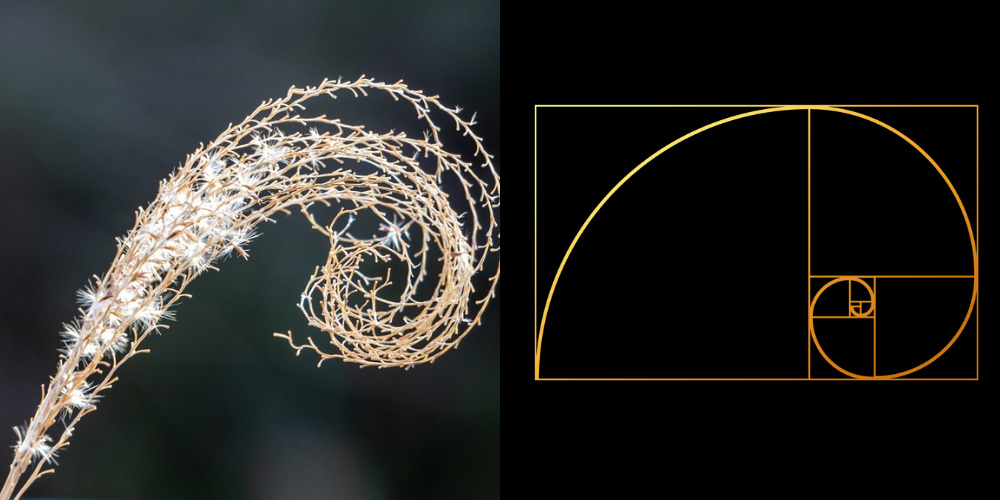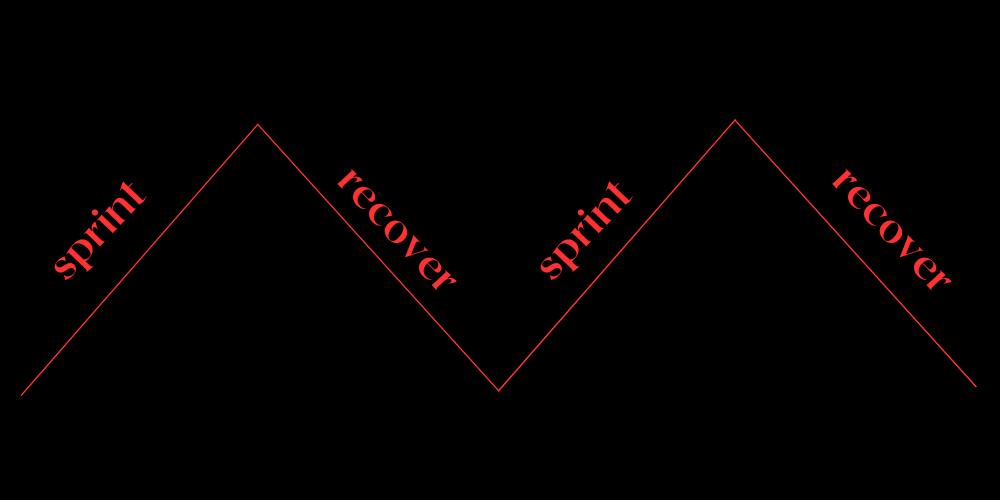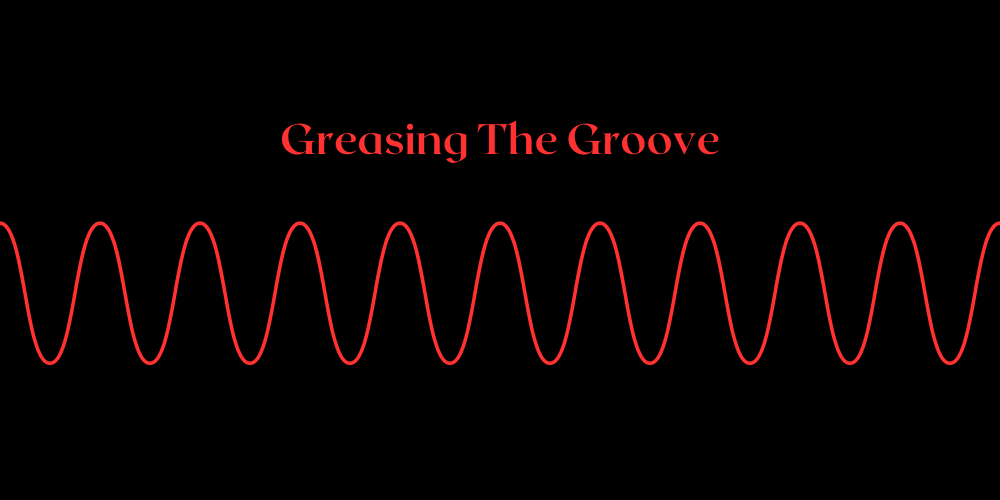Today, I want to talk about ‘rhythm’ in context of practice, and learning to adapt to the organically unfolding rhythmic pulse attempting to emerge through you.
You see, the whole of each life unfolds and exist within the context of rhythm. There are small rhythms within big rhythms, within even larger rhythmatic arcs each of us flows within.
There are obvious expressions of this:
- Circadian cycles at personal level
- Seasonal shifts at terrestrial level
- Solar system rotations at a cosmic level
And so on.
Within your body are a multitude of cycles pulsating along from digestive secretions to the very beating of your heart.
It’s all music.
While many of us instinctively recognize this, I find that few people pay attention to rhythm in the context of day to day life, even though it undoubtably exist. The activities in your life, and the very depth of your inner experience cannot escape rhythm. It is akin to a kind of ‘sonic gravity’.
Your Practices Unravel Harmonically
Including your practices.
I am sure you have heard of the ‘golden ratio’. It describes a mathematical and harmoniously unfolding spiral, characterized by 90 degree rotations, in an ever expanding (or contracting arc). It has been known for eons that many phenomena in nature follow this rhythmic pattern.

The golden ratio emerging not just in the geometric patterns (shape), but also in ‘timing’ and ‘movement’. This pattern plays out consistently in the evolution of each of our practices, and the internal capacity to adapt; both expanding or contracting, through time: days, weeks, month and years.
The evolution of practices is perpetually non-linear, occurring in logarithmic spirals that have forward progress and ‘expected retracements’. This is why it seems like we often take two steps forward, and one step back, or why we might take a ‘brake’ from a practice only to ‘come back’ even better than before.
It doesn’t matter if it’s magic, meditation, energy work, writing, strength training, yoga, bioenergetics, dance or playing an instrument.
It’s a feature and not a bug of development.
If you have not noticed it, it’s because you have not looked (or have not been practicing).
Tempo, Timing & Tuning
This spiral arc adjust itself across a variety of tempo’s, time frames and tunes. Meaning that it can shrink or stretch to accommodate how fast & intense or slow & relaxed we are with practice. Each rhythm has it’s own benefits and drawbacks.
Knowing how to tune our practices so that we may adapt them to current rhythm seeking to emerge through us, is a defining feature of skilled practitioner.
Here are a few practical examples (although this list in not exhaustive, these are the major patterns):
Sprint Recover Sprint:
This rhythm is often seen overtly in athletics, but is by no means exclusive to that field. It is characterized by periods of focused depth or intensity, followed by periods of rest.
This is the domain of literal high intensity training (with periods of recovery), but also characterizes letting any activity ‘peak’, until one fully recovers. If play the guitar hard and deep for 2 hours, 2-3 times a week, you are probably in a sprint recover sprint pattern.
These are periods of high amplitude and volume, followed by periods of quiet. The limiting factor is simply: how fast you can recover (which can be sped up).

Continuous Practice
This rhythm can be very adaptable, because it allows one to ‘run it’ along many different possible time frames. Meaning that practice can be ‘daily’ as in doing a Tai Chi form every single day for years on end or in giving offerings to The Ancestors on a daily basis. However, it can also refer to truly continuous practice such as in attempting to remain ‘mindful’ 24/7.
The basic principle is that no session or aspect of the practice is intense enough to require significant recovery. Progress is suppose to happen in a slower, (but eventually exponential) way.
This is a smaller more continuous rhythm than spirit recover sprint dynamics.

Greasing The Groove
This rhythm is characterized by short practices that are done often. This typically results in multiple practices a day (2-10), and simply means that no session is long or intense enough to stifle the next practice.
It’s not continuous, because this works best for small periods of time, or with variety
It’s not continuous, because this works best for small periods of time, or with variety.
These are like short discreet drum strikes.
Boom…..Boom….Boom….Boom….Boom…. and so on.
This rhythm is very useful for ‘skill work’, ingraining a pattern deeply into the system or untangling a deeply ingrained pattern from the system.

Maintenance
This is a very useful rhythm (that often gets a bad rap in our world of perpetual progress), for those of us who have many different practices.
One establishes the bare minimum necessary to maintain a ‘floor of support’ for a practice we do not want to lose altogether.

Storage and Expression
The primary key that we have to see in the larger overall arc is that of storage and expression. Like anything in nature, one needs to find equilibrium between these two states. There are times to consolidate, integrate and put energy away, and there times to fully express it like a flower in full bloom.
Consider…
+Only storing energy will make you ‘fat’.
+Only expressing energy will ‘strip you down to the bone’.
+Balanced equilibrium between storing and expressing energy makes you ‘strong and lean’.
P.S. These metaphors extend far beyond body composition.
Adapting to the Dynamic Pulse of Practice
Key points:
- Practices (like any other phenomena in nature) develop across time through spiral arcs.
- This spiral arc is a meta pattern wrapped around various potential rhythms of practice.
- Finding the equilibrium between expression and storage is key.
What can we do with this?
Adapt to the rhythm that wants to emerge at given time, and refuse becoming attached to any particular one. There is a deeper intelligence guiding the unfoldment of your development than the formulaic notions you have adopted about what ‘should’ be.
- Be willing to intensify if required, with better recover.
- Have periods of continues practice, then back off.
- Break larger practices into smaller ones.
- Put some practices on maintenance for a while.
And most importantly, take a long term view of harmonic development, understanding that each shift in rhythm is happening in the context of larger rhythms, and can all play a role in expression and storage.


One Response
Very nice.